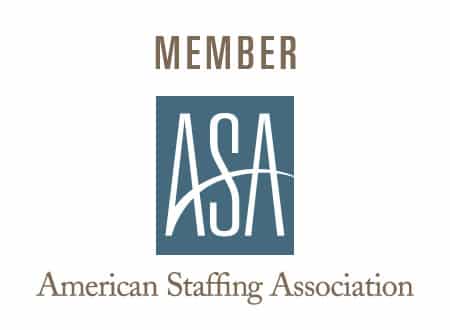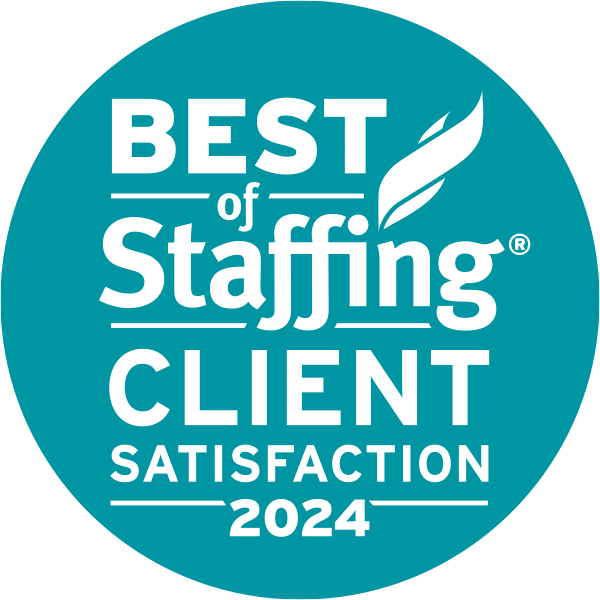The boomers are retiring.
This is not news, of course, but their mass exodus from the workforce does create a potential problem for many organizations – namely, identifying new leaders to fill the boomers’ shoes. In addition to closing the talent gap this generation will leave, other reasons to proactively develop new leaders include:
- Keeping pace with constantly changing business strategies
- Quickly filling new roles created by organizational growth, as we emerge from the recession
- Adapting to job realignments caused by mergers and acquisitions
- Heading-off potential skill shortages
- Increasing employee engagement and productivity
Does your company’s succession plan address all these issues? The truth is, many organizations are too busy managing the daily pressures created by a lengthy recession to look that far down the road. But to win the talent war, you need to start assessing, planning and developing leaders now. Here are a few strategies to make your succession planning more effective:
- Create a plan before talent needs become talent crises. Remove some of the stress caused by finding the right person for a job by planning for future needs now. Careful planning will minimize workforce disruption, increase knowledge transfer and increase employee engagement / loyalty by providing clear career paths.
- Let your best employees know about your plans for them. Tell your key talent that your company has high expectations for them. Prepare them and increase their buy-in by letting them know that you will be investing in their futures and will be facilitating moves to enhance their professional development.
- Define criteria and profiles against which to measure employees’ potential. Logically, you want to develop employees with the greatest potential – but potential for what? Work together with key executives to map out the future requirements for success in key positions (i.e., what will tomorrow’s leaders have to be able to do to succeed in these roles?). Use these criteria as a measuring stick for evaluating each individual’s potential.
- Assess current employees’ skills and competencies. Once success criteria have been defined, you must invest the time and money to objectively and validly assess what your internal talent can do. While each company must decide which tools best fit its individual needs, popular ones include: assessments from the candidate’s circle of influence; career achievement summaries to capture work experiences; psychometric tools; behavioral interviews to probe against established criteria for success.
- Create plans to close the gap. Once you understand where current employees are and where they need to be, you can customize talent development plans to close the gap. As potential leaders progress in their growth, keep them updated on hiring decisions. Monitor their interest and involve them in the development process as much as possible, to keep them invested for the long-term. Most importantly, make sure their career aspirations are aligned with your succession plans, to keep you both working toward the same goal.
After assessing employees, some businesses find a lack of internal talent with the potential for leadership. That’s where Wood Personnel can help. We can recruit, screen and identify individuals who have the skills, competencies and behavior traits to become future leaders within your organization. Call us to find out more about our direct hire services for Middle Tennessee employers.


